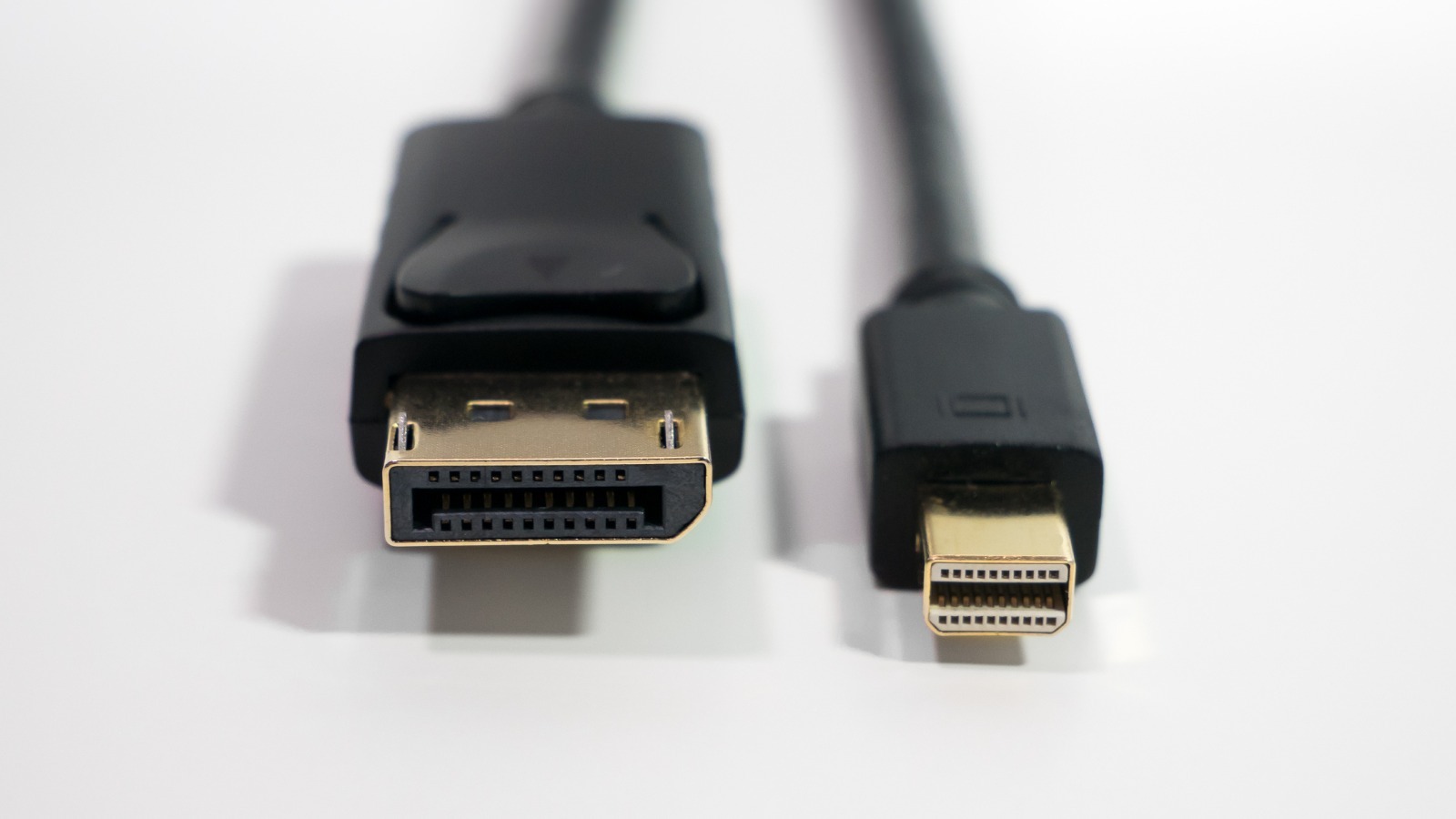
HDMI cables are also used to send video and audio between two devices but are often more versatile than DP cables. The HDMI creators intended for the cable to function as a universal tool for connecting devices, serving as a one-size-fits-all solution for connecting devices. Since then, the HDMI cable has become ubiquitous in the tech world. While the most common applications for HDMI cables include connecting devices like gaming consoles, TVs, Blu-Ray players, computers, and monitors. The cable’s uses are so vast, you can even find them in automotive and commercial applications.
HDMI cables are available in various types, styles, and capabilities. Basic HDMI cables can transmit audio and video at resolutions up to 1080i and at speeds up to 5 gigabits per second. Some HDMI cables are designed for high speeds and resolutions up to 8K, while others are built specifically for automotive use and feature reinforced heat shielding to protect them from harsh conditions and high engine temperatures.
In contrast, there are two types of DisplayPort cables: standard and DisplayPort 2.1. The cables also come in standard and Mini DisplayPort sizes. DisplayPort 2.1 is the more modern version, capable of higher bandwidth levels and compatible with advanced monitors and displays. The standard connections are irregular in shape, while the mini versions look similar to Thunderbolt cables. Regardless, both standard and mini DP cables have 20 pins and the same capabilities.






![RABBIT Battery Expert Shares High Voltage Secrets! [Video]](https://naijatipsland.com/wp-content/uploads/2024/12/471459901_1046938574140198_1629874378413442280_n-100x56.jpg)



